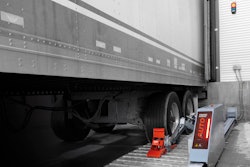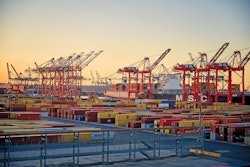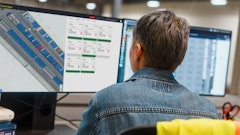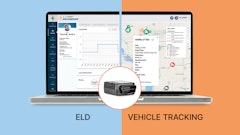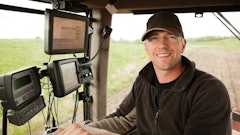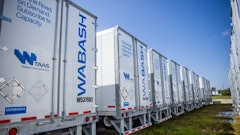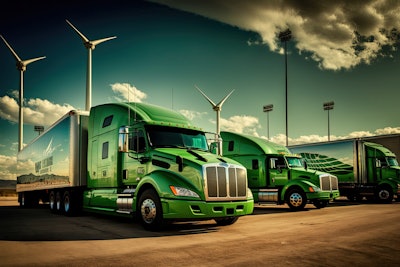
The rise of autonomous vehicles (AVs) has become one of the most talked-about developments in the transportation industry, with significant buzz surrounding their potential to revolutionize long-haul trucking. For food transportation, this shift could mean advancements in safety, efficiency, and cost-saving opportunities for long-haul companies. But are AVs truly the answer for all segments of the food supply chain, particularly regional wholesalers?
The future of long-haul transportation
For long-haul trucking companies, autonomous vehicles are seen as a promising innovation. With the ability to make one long trip across the country without the need for driver breaks, AVs have the potential to reduce operational costs, enhance efficiency, and minimize human error. A report from McKinsey & Company estimates that autonomous trucks could save the U.S. trucking industry up to $85 billion annually by reducing labor costs and improving fuel efficiency.
The logistics benefits are clear: less downtime, reduced fuel consumption, and the possibility of streamlining the entire process. For long-haul routes, where trips often involve a single delivery point at the end of the journey, AVs could play a transformative role. Some concerns remain, such as liability issues in case of accidents and the potential for a patchwork of differing state laws. But it’s clear AVs, while not the complete solution, will be a major factor for long-haul efficiencies.
But what about regional operations, where the transportation landscape presents a very different set of challenges?
The unique challenges of regional wholesalers
Unlike long-haul routes, regional food transportation involves frequent stops, loading and unloading at multiple locations in a single day, and navigating through urban or local environments. These factors introduce complexities that autonomous vehicles may not yet be equipped to handle effectively.
Consider the challenges of city routes. AVs are quite adept at navigating city driving, but in the mode of a daily commuter. Regional delivery drivers often face unpredictable scenarios: a blocked unloading dock due to illegal parking, a traffic cop redirecting access without warning, or a city crew entering a manhole and shutting down the only alley to a delivery point. These wild cards require on-the-fly problem-solving that a pre-programmed autonomous system cannot replicate as effectively as a human driver.
Additionally, the job requirements of regional driving extend beyond navigating traffic. No AV can unload the freight and dolly it on foot to its final destination. Notably, it is during this activity that companies have opportunities for improvement. Most driver injuries occur not while driving but during unloading, lifting, and even getting in and out of the truck multiple times a day. These repetitive actions can lead to strains and injuries resulting in lost time and insurance costs. For regional wholesalers, focusing on these challenges could yield greater efficiencies and safety improvements than relying on AVs alone.
Opportunities for greater efficiencies
Regional wholesalers must look beyond AVs for other strategies to enhance their operations. Addressing driver safety and efficiency during unloading, for example, can have a significant impact. Training drivers to use proper techniques for lifting, navigating docks, and handling frequent stops can help prevent injuries and improve overall productivity.
This is where a third-party training partner can help. By equipping drivers with the skills and knowledge to navigate the physical and logistical demands of their roles, companies can build safer, more efficient operations. Leveraging a training platform with digital recordkeeping, with instant validation of driver training and comprehension, can also be used to reduce insurance costs.
Looking toward the future
While regional wholesalers may not see immediate benefits from autonomous vehicles in the same way as long-haul companies, the future of food transportation is undeniably evolving. As technology improves, breakthroughs may emerge that make AVs more viable for shorter, more complex routes. However, for now, focusing on the human element (training, safety, and operational efficiency) is the most practical path forward. By doing so, companies can ensure they are prepared for whatever the future holds.




